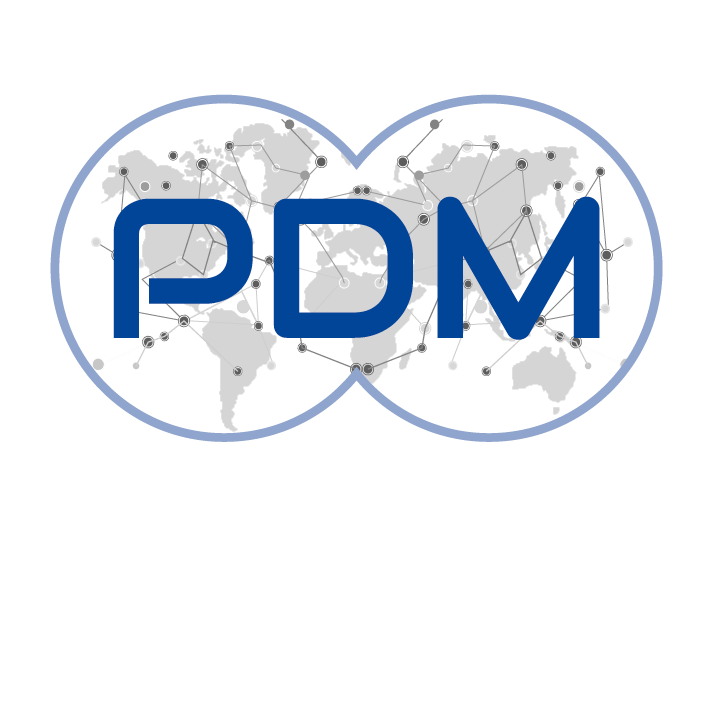Page content
Cost and Risk
The risk management policy framework is the crucial link between the formulation and implementation of debt management decisions.
Debt managers need to have a view on the optimal structure of the public debt portfolio. Ideally, they should be able to assess how a portfolio should be structured on the basis of cost-risk criteria so as to hedge the government's fiscal position from various shocks. The optimal debt composition is derived by looking at the relative impact of the risk and costs of the various debt instruments on the probability of missing a well-defined stabilization target.
In order to measure the performance of public debt management activities, benchmarks may be used. This requires that the government specify its risk tolerance and other portfolio preferences concerning the trade-off between expected cost and risk. This in turn means that debt managers need to articulate a view on the optimal structure of their public debt portfolio in accordance with their primary objectives. In this light, the use of benchmark portfolios represents the desired long-term structure or composition of the government debt portfolio, as a quantitative framework for assessing the management of the debt portfolio. The public debt cannot evidently be managed from the perspective of minimizing costs in the short run. A preference given to shorter maturities and variable rates, which are normally associated with a lower cost, cannot be reconciled with the need to ensure the capacity to refinance the stock of debt over time, at the lowest cost possible over a virtually indefinite time period in which any type of shock is possible.
Asset & Liability Management is a particular risk management approach that examines the combined risks of assets and liabilities over time under different possible future scenarios. The main idea is that risk can be contained or mitigated by matching the financial features (e.g. interest rate characteristics) of assets and liabilities by hedging one side of the balance sheet with the other. Finally, risk management policies, including the possible specification of a strategic benchmark, need to be integrated into a broader economic and structural policy framework.
Complete List of Documents in this Section
| Title | Author |
|---|---|
| The Fiscal and Financial Risks of a High-Debt, Slow-Growth World | Tobias Adrian, Vitor Gaspar, Pierre-Olivier Gourinchas |
| Financial Crises and Sovereign Debt Sustainability Risks: Exploring the Link | Ivan Paya, Álvaro Fernández-Gallardo Romero |
| Sovereign risk dynamics in the EU: the time varying relevance of fiscal and external (im)balances | António Afonso, José Alves, Sofia Monteiro |
| Sovereign Debt Tolerance with Potentially Permanent Costs of Default | Marcos Chamon, Francisco Roldán |
| Banks’ Portfolio of Government Debt and Sovereign Risk | José Alves, António Afonso, Sofia Monteiro |



